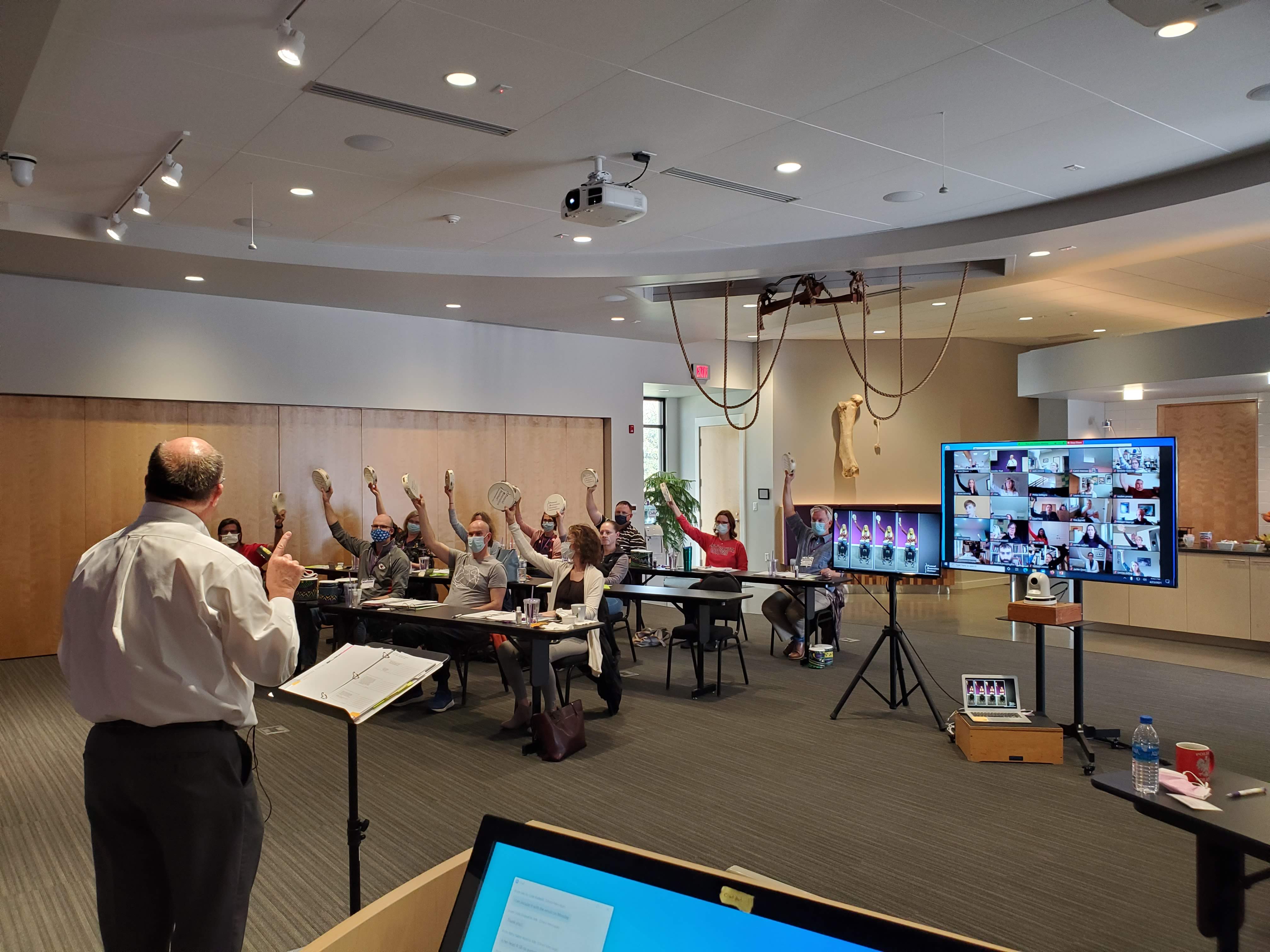We all know someone who experience difficulties with simple movements and at the same time can move or carry out, what appears to be more complex movements easily. This phenomenon of ‘Kinesia Paradoxa’ is one that is often seen with individuals who have been diagnosed with a basal ganglia disease called Parkinson’s Disease. However, by studying basal ganglia diseases we can learn so much about the precursors and the stages of this disease and its developmental patterns and symptomology. I believe, I have been on a journey of researching coupling and identifying similarities in people who have oscillator conflict at the caudate nucleus and putamen or dorsal striatum, at the subthalamic nucleus, at the globus pallidus, and at the substantial nigra pars reticulata, and didn’t really know it. For this is where the majority of our paradoxical function really begins, is initiated and looped. For these are the areas that make up the basal ganglia. Ganglia that reflect the parts of the brain that are not often even thought about, when sequencing steps in a “exercise”, or movement technique.
I always enjoy the amount of time, energy, thought and ideas that go into these PRI Symposiums. Ideas, that flow far in advance of the actual delivery of material and madness. I love every moment of these preparatory mental madness moments. Because that is what is exactly going on in our basal ganglia. Frenzied, chaotic, pandemonium mayhem, that can lead to periods of deranged decisions or a flow of indiscreet ideas. It’s the latter that we would never experience if we were controlled by frequencies of neuro-synapses that didn’t loop with other unfamiliar neuroreceptors, once in a while; like every 10 milliseconds.
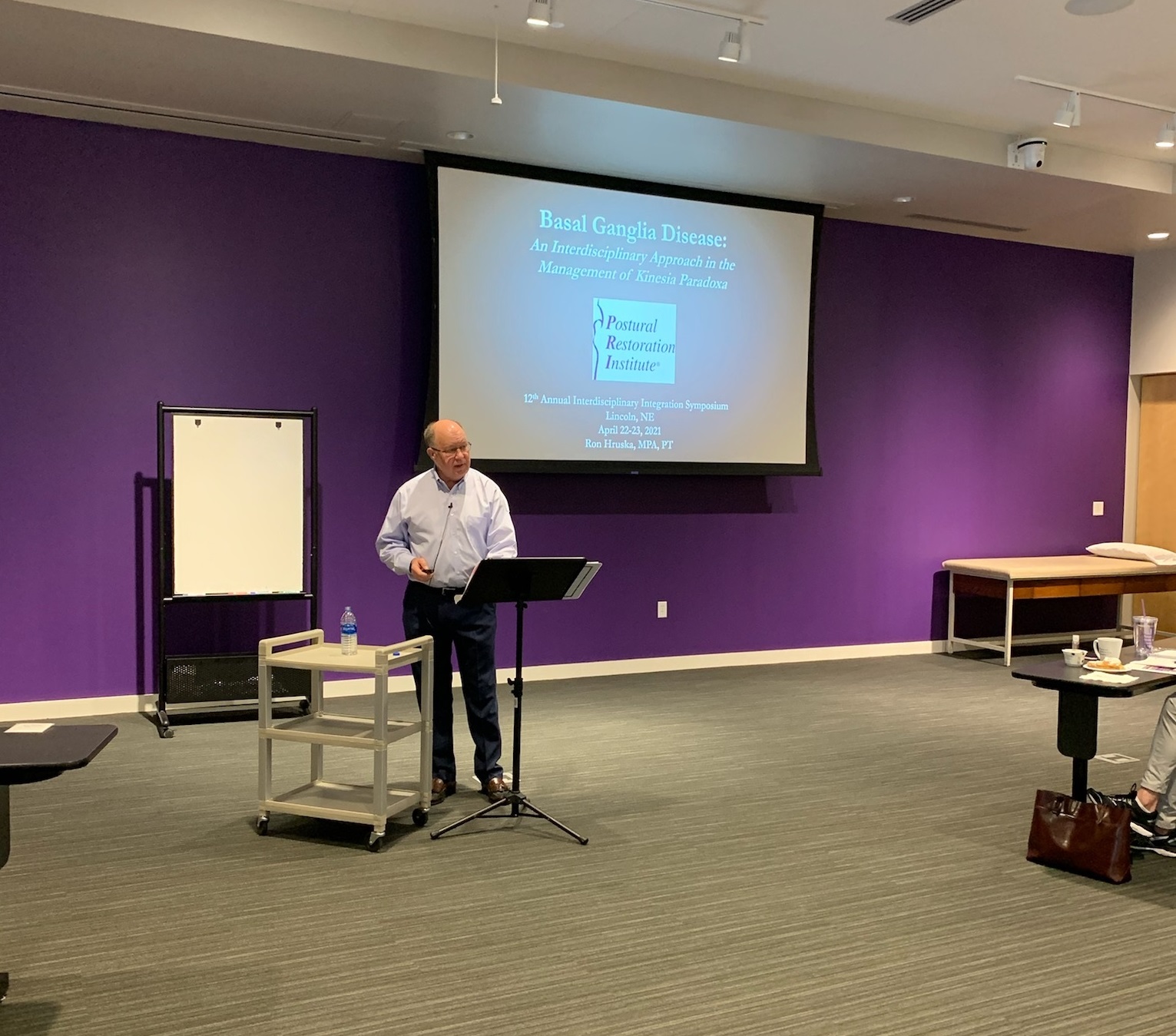
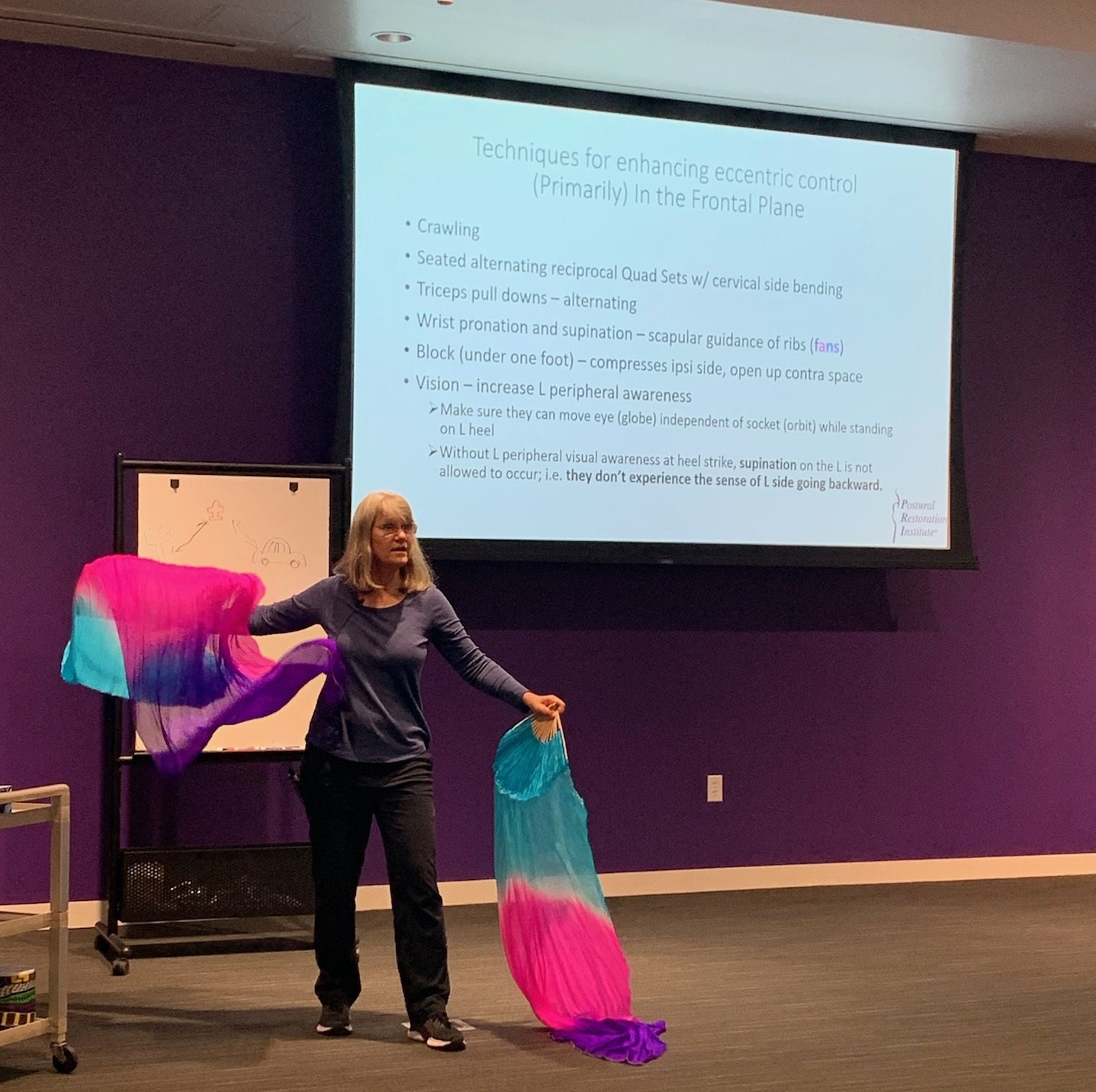
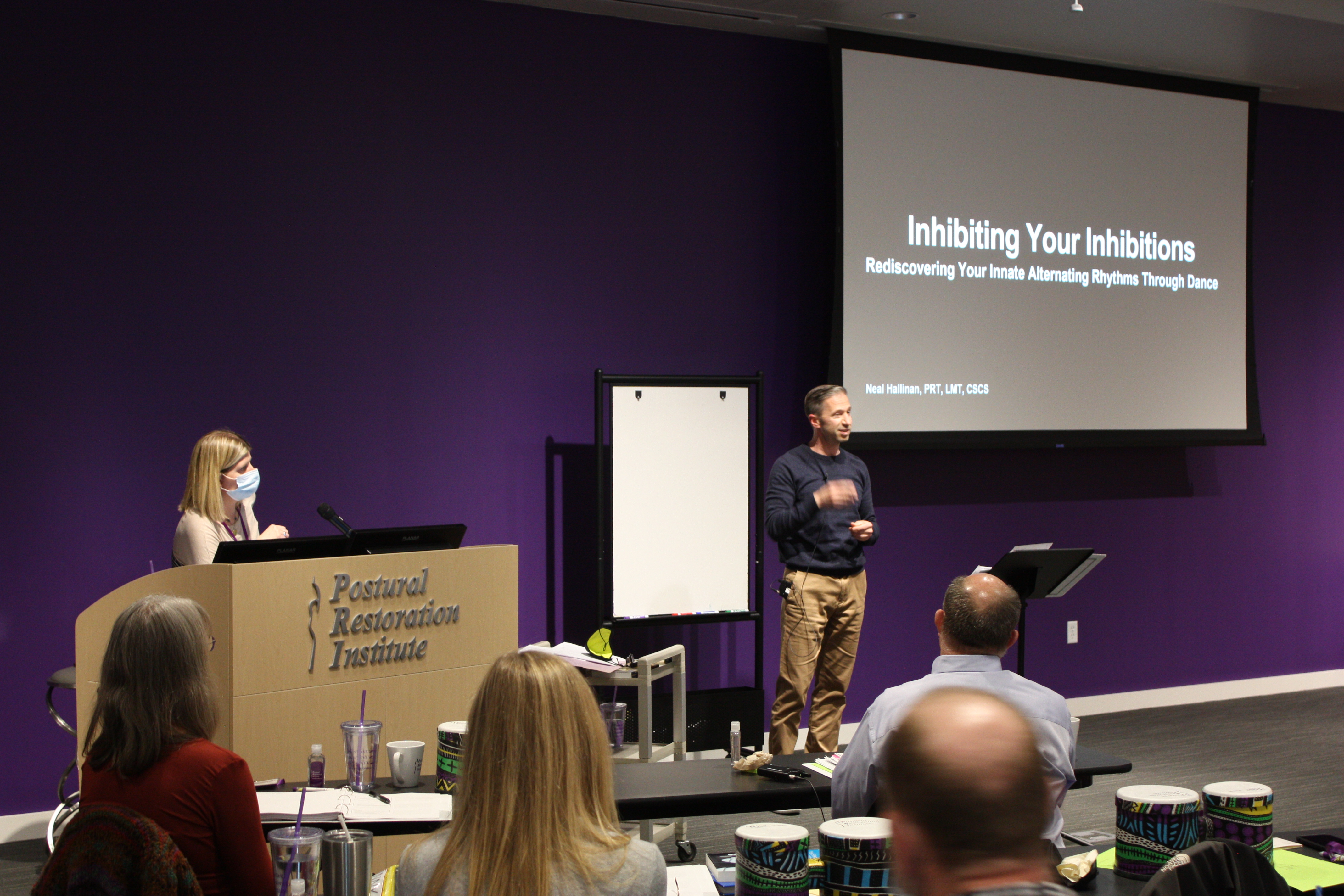
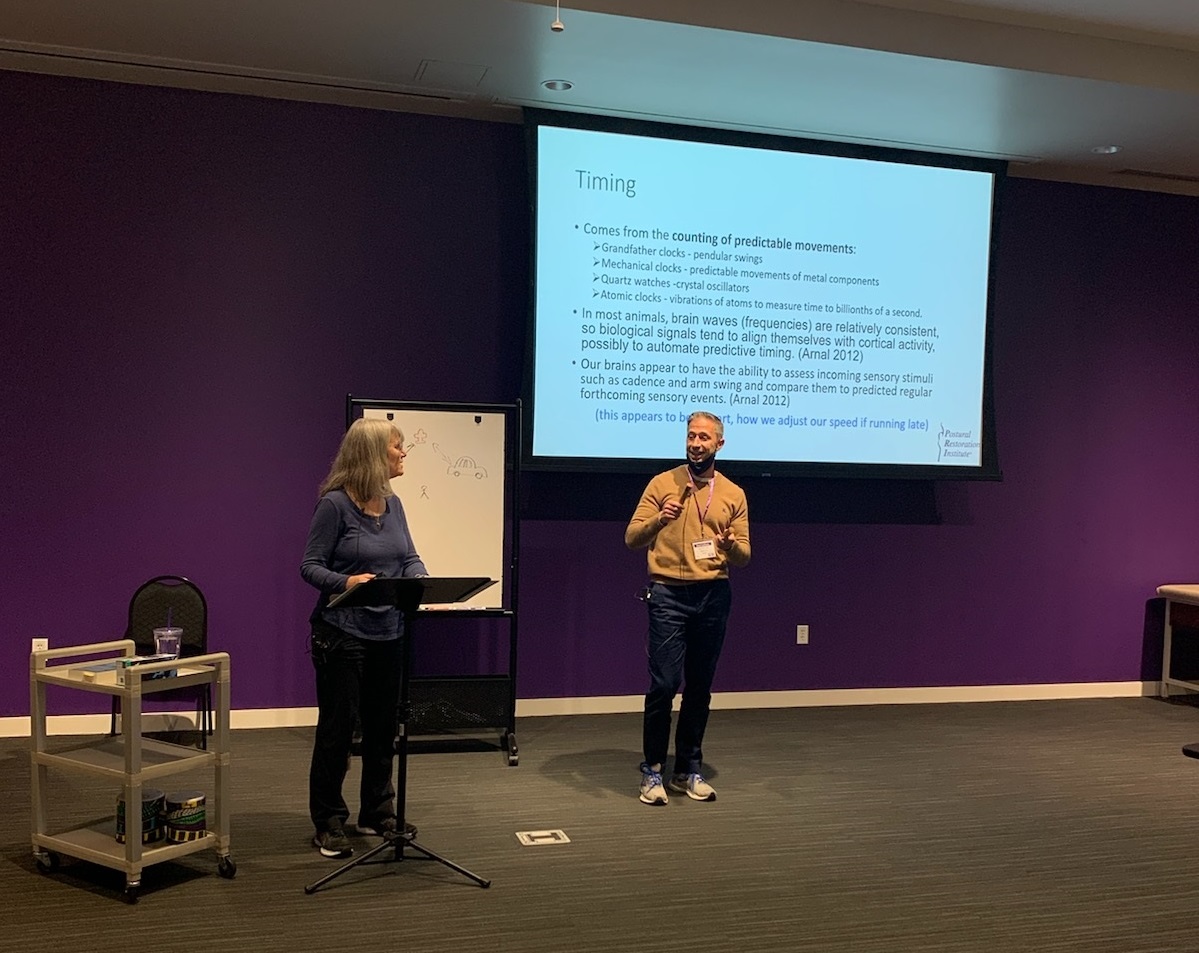
Click HERE to view the full photo album.
There is a fine line between sanity and conflict. I personally need both in my life, and I am fairly certain you do too. Jennifer Smart DPT, PRC, Neal Hallinan CSCS, LMT, PRT and myself put a manual together, delivered content, and digressed into areas that reflect ideology of some of our most important ganglia we have. We enjoyed the time together in this presentation of ideas, in the preparation of ideas, and in the exchange of ideas that will hopefully strengthen the balance of movement associated with asymmetrical sanity and movement associated with symmetrical conflict. We, the speakers, learned so much from each other and the science that actually does support our zaniness and Zen-like ideas, all because of our respect for life’s paradoxes.
Here are a few of the comments we received from the class participants/attendees:
“Yes the material outlined "bigger picture" neurological influences on all humans that manifest as pathology in some. All people will benefit from this mindset of looking at human neurological function.”
“Love that these symposiums build on prior knowledge and become useful not as cookbook ways of treating patients but as ways to understand human behavior and provide frameworks to improve outcomes for all humans.”
“It brought the new perspective in how I look at Parkinsons and how big Inhibition is!”
“Just one fun thing. I was talking to my almost 91 year old mother who now uses a Rollator and she was asking about a stand up walker the night the course ended. Her next statement was funny (no knowledge of the course) and she said that the main thing she missed in her walking was "swinging her arms". I went down and worked with her with swinging hiking sticks in her hands (except I was using 2 reachers) and progressed her to using a trowel and hand clippers and she walked about 60 feet 4 times (back and forth in her driveway) unassisted and non stop. Cannot express how much fun it was to give her some freedom (she still loves to garden). Thank you all for a fantastic event as always. It is great to be able to go back an implement changes in my patients.”
“It felt balanced between the three presenters. I felt that Jennifer utilized her time the best, she did a good job of communicating her work, her experience, research, and I am grateful for her efforts. All presenters did an excellent job. Ron helped me to appreciate the basal ganglia, I really had never thought about this part of the brain in my day to day life and now it is imprinted. Neal was very engaging and enthusiastic, His passion moved me to appreciate dance and rhythm in a whole new way.”
“This Symposium was over flowing with important information about a new way of thinking for working with all our patients or clients, not just those with Parkinson’s disease.”
“This was a great course to expand my knowledge of Basal Ganglia disease and treatment options. I have been certified in the LSVT BIG program for years but would also like to branch out and have other options for my patients. This course gave me lots of ideas”
The last comment above summarizes our basal ganglia’s ability to keep us resonating with bombardment of relaying information that allow us to flow with “lots of ideas” that are recognized and required for satisfactory frontal cortex creativity. And if we don’t occasionally fulfill our dopaminergic ideas, that we create, generate and plan, we may just be laying down the framework for future unplanned kinesia paradoxa, that we want to avoid.
